Small yard design: multi levels still best?
martinca_gw sunset zone 24
12 years ago
Related Stories

LANDSCAPE DESIGNSmall Garden? You Can Still Do Bamboo
Forget luck. Having bamboo that thrives on a wee plot just takes planning, picking the right variety, and keeping runners in check
Full Story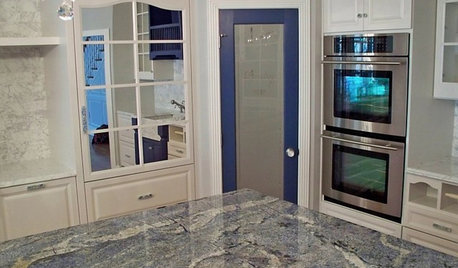
KITCHEN COUNTERTOPSKitchen Counters: Granite, Still a Go-to Surface Choice
Every slab of this natural stone is one of a kind — but there are things to watch for while you're admiring its unique beauty
Full Story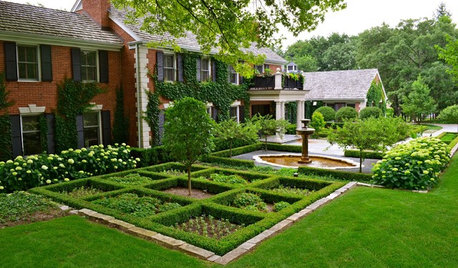
GARDENING GUIDESBoxwood: Still Shape-Shifting After 350 Years
Wild or mild, the humble boxwood still brings style and order to all kinds of gardens
Full Story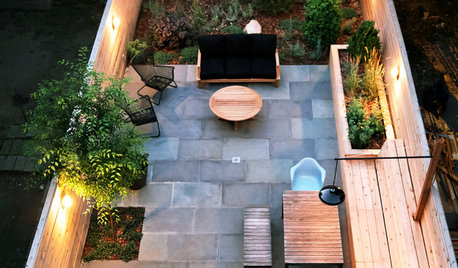
MOST POPULAR16 Ways to Get More From Your Small Backyard
Make a tight or awkward yard a real destination with these design tricks from the pros
Full Story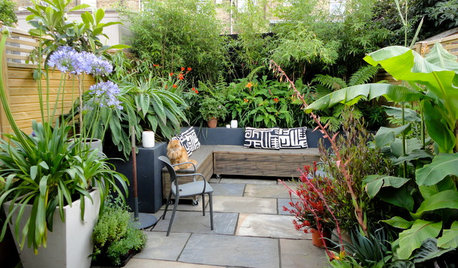
GARDENING AND LANDSCAPING10 Great Design Moves for a Small Courtyard
These beautiful enclosed yards show how to get the most from a relatively small outdoor living area
Full Story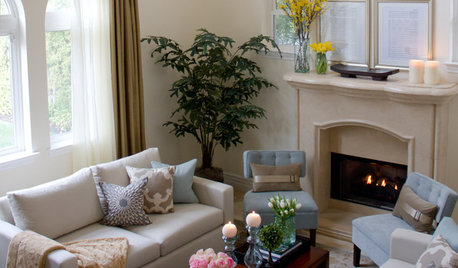
SELLING YOUR HOUSESave Money on Home Staging and Still Sell Faster
Spend only where it matters on home staging to keep money in your pocket and buyers lined up
Full Story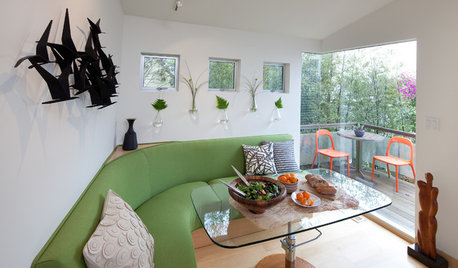
THE HARDWORKING HOME12 Smart Designs for Small-Space Living
The Hardworking Home: Furnish your compact rooms more efficiently with these creative built-ins and adjustable pieces
Full Story
GARDENING GUIDESSmall Gem Lawns: More Impact From Less Grass
Instead of letting the lawn sprawl, make it a shapely design element in your yard. You’ll reap benefits both practical and aesthetic
Full Story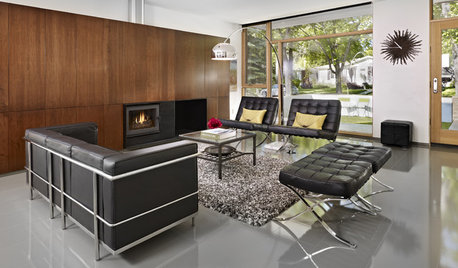
SMALL SPACESTimeless Design Ideas for Small Spaces
Classic to inventive, these design moves use intelligence in the battle to live comfortably in a compact space
Full Story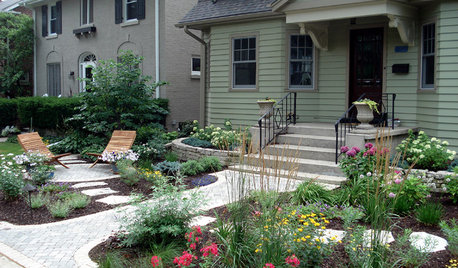
MOST POPULARCreative Ideas for Small Front Yards
A little imagination goes a long way in a petite landscape
Full StoryMore Discussions







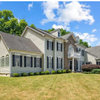
Yardvaark
bahia
Related Professionals
South Orange Landscape Architects & Landscape Designers · Cliffside Park Landscape Contractors · Dallas Landscape Contractors · East Hanover Landscape Contractors · Flagstaff Landscape Contractors · Gainesville Landscape Contractors · Glendale Heights Landscape Contractors · Lakewood Landscape Contractors · Oakland Landscape Contractors · West Orange Landscape Contractors · Boston Decks, Patios & Outdoor Enclosures · Estero Decks, Patios & Outdoor Enclosures · Hobart Decks, Patios & Outdoor Enclosures · Wilmington Decks, Patios & Outdoor Enclosures · Palos Verdes Estates Swimming Pool Builderskarinl
bonsai_audge
catkim
martinca_gw sunset zone 24Original Author
pls8xx